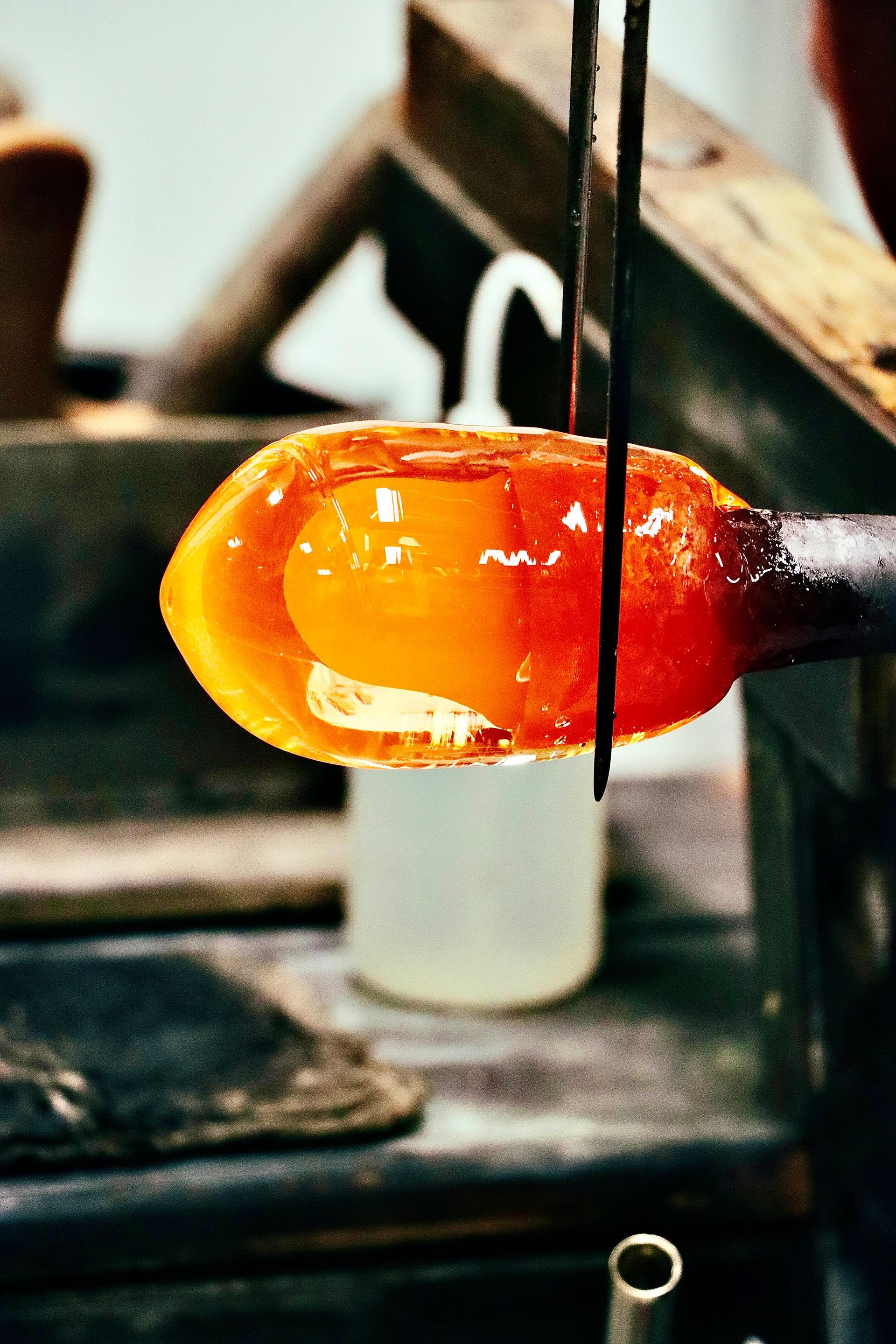Do you know why Murano is so famous?
Do you know why Murano is so famous?
Unveiling the Magic of Murano
I have never been one to enjoy history but when I found this out, I couldn’t stop wanting more. Join me on the journey through time as we unravel the captivating history behind the fame of Murano. The tale dates back to the 13th century when Venetian Glass was asked to move from Venice to the Island of Murano. This was due to the potential risk that the furnaces posed as the city was primarily constructed using wood.
The Glass Island
Nestled away on the small and discreet island of Murano, Venetian glassworkers found the ideal haven to hone their skills. As the Middle Ages unfolded, the popularity of glass soared, with European noblemen fighting over it. The demand for Venetian glass reached unprecedented heights, prompting European nobles to seek the coveted glassblowing secrets. Fearing the dissemination of their techniques, the Roman government imposed strict penalties, including fines and imprisonment. Due to the fierce competition, people sent pirates to Murano to kidnap the glassblowers to steal the secret.

The Mastery of Cristallo
By the mid-15th century, Venetian glassworkers achieved mastery over cristallo, a colourless clear glass that set their creations apart. The Venetians discovered a revolutionary technique to decolorise glass, giving them a competitive edge. Attempts by European glassmakers to replicate this technique were curtailed through stringent regulation of raw materials and knowledge, solidifying Venetian glass's unrivalled popularity.
Expansion and Secrecy
As demand surged, Venetian glassblowers expanded their trade routes and production capabilities. Discovering new techniques and jealously guarding their secrets, they ensured Venetian glass remained at the pinnacle of the industry. The island of Murano became synonymous with innovation and craftsmanship, earning its reputation as the epicentre of the glassmaking world.
Today, the island of Murano has yet to evolve its glassmaking past its Venetian roots. They still make glass, but it has been kept for its heritage and history. Furthermore, it is now a tourist attraction and home to numerous glass factories and individual artists' studios that make more souvenir glass pieces. This is one of the reasons Venice is so famous, and the island of Murano is still known as the glass island, as the history of glass has shaped glass to be how it is today.

Keisha Brittle Glass

